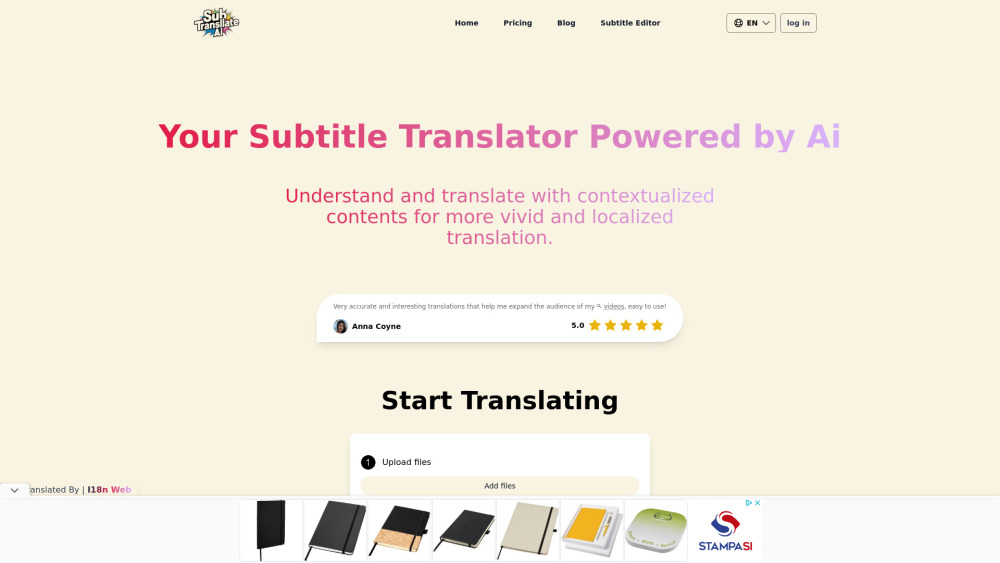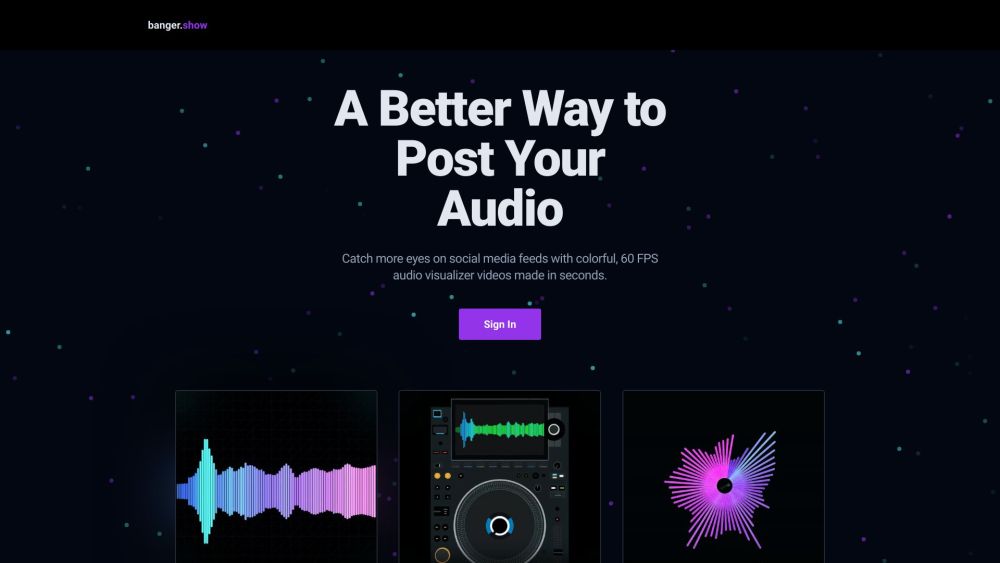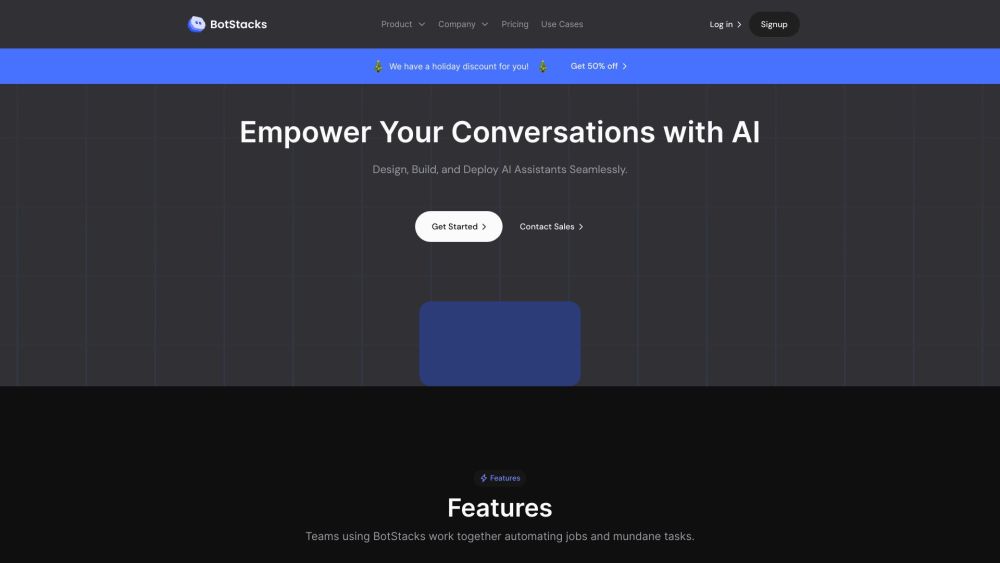OpenAI is at the forefront of advancements in generative AI, recently announcing the release of the GPT-4o model for ChatGPT. Without much prior notice, the official ChatGPT account on the social platform X shared: “There’s a new GPT-4o model out in ChatGPT since last week. Hope you all are enjoying it and check it out if you haven’t! We think you’ll like it 😊.”
While the initial post lacked detailed information, sources at OpenAI revealed that this new model was developed in response to user feedback.
Updates and Insights on GPT-4o
On the release notes blog, OpenAI explained:
“We’ve introduced an update to GPT-4o that reflects preferences highlighted through experimental results and qualitative feedback. This is not a groundbreaking model; however, understanding and measuring model behavior improvements is an ongoing research focus for us.”
No New Reasoning Style—Clarifying Speculations
Some users speculated that the GPT-4o model would feature enhanced step-by-step reasoning and more comprehensive explanations. However, an OpenAI spokesperson clarified that the model’s reasoning process hadn’t changed, and descriptive reasoning could be activated by specific user prompts.
Enhanced Capabilities and Multimodal Features
Before the announcement, many users noticed that GPT-4o seemed to perform better than before. Additionally, reports indicate that GPT-4o’s image generation features within ChatGPT are now activated.
Why is this significant? Previously, ChatGPT relied on OpenAI’s DALL-E 3 model for image generation based on user prompts. GPT-4o, announced in May, was designed to be natively multimodal, enabling it to process both text and images efficiently. This advancement allows GPT-4o to generate higher-quality images faster than DALL-E 3, with improved understanding of text prompts and enhanced accuracy in illustrated texts.
Mixed Reactions from Users
Despite the updates, some users have expressed skepticism. Critics argue that OpenAI needs to better articulate the changes concerning model behavior and user experience, suggesting that the improvements may be marginal or not easily noticeable.
Clarifying Different Versions of GPT-4o
When questioned about the differences between the ChatGPT version and the API, an OpenAI spokesperson stated, “We continually make small improvements to our models in both ChatGPT and the API. The ChatGPT variant may differ from the API version, as we optimize for what’s best for developers.”
OpenAI recently confirmed that GPT-4o powers both ChatGPT and third-party applications through its API. The OpenAI Developers account on X clarified, “This model is now available in the API as chatgpt-4o-latest. We recommend gpt-4o-2024-08-06 for most API usage, while we’re excited to allow developers to access our latest improvements for chat use cases.”
Some developers, like Aidan McLau, have called for further clarification about the rationale for two different GPT-4o models. In response, OpenAI’s Michelle Pokrass explained that “chatgpt-4o-latest tracks our 4o model in ChatGPT and is optimized for chat, while gpt-4o-2024-08-06 is tailored for API usage, particularly for function calling and instruction following.”
Correction: Clarifying Misunderstandings
Correction made on August 13 at 4:11 PM ET: This article initially indicated that the new OpenAI model exhibited a step-by-step reasoning approach, based on a user’s post on X. OpenAI has since clarified that this is not the case, and we have updated the content accordingly while retaining the original user's tweet that inspired the discussion.





